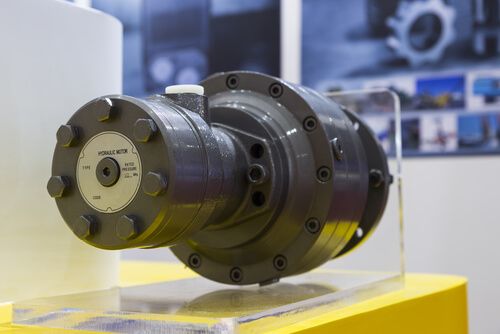Understanding the Hydraulic System Functions
Posted on May 22nd, 2022
Hydraulic systems are everywhere, from cars to industrial machinery. This system is designed to provide control, power, reliability, and safety. And this blog offers insight into hydraulic equipment, systems, components, and their functions.
What Is a Hydraulic System? – An Overview
A hydraulic system transfers energy using pressurised incompressible fluids from an energy-generating source to an energy-using point. The fluid gets distributed equally when the pressure is applied.
The hydraulic systems use oil as the medium. But some hydraulics also use water or a combination of mineral oil and water as mediums. The below-listed industry uses this system for their projects.
Industries That Use Hydraulic Systems
- Automotive
- Marine
- Construction
- Agriculture
- Oil, gas, and mining
- Energy
- Landscaping
- Aerospace
- Entertainment
- Waste management
- Personal Fitness
As you can see, the application area of hydraulic is broad. Hence, using specific hydraulic equipment for different industries is significant for assured performance.
The Types of Hydraulic Components
Simply transferring fluids directly through the pipelines won’t be enough to create any hydraulic pressure. It’s vital using specific components to produce the required pressure!
Such as:
- Filters
- Reservoir
- Hoses
- Valve
- Actuators
- Pump
- Accumulators
- Seals
- Tubings and Pipings
The Functions of These Hydraulic Components
Reservoir
Fluid is the key factor of the hydraulic system. And the reservoir is important to store the fluid and drive the hydraulic system. The size can vary depending on the application and the system. Hence this component is designed as per application.
Filters
Hydraulic filters avoid contamination like rust, foreign particle, and whatnot. These industrial filters completely purify the liquid at regular intervals as it’s required to maintain the pressure.
Hoses
Hydraulic hoses are flexible for which they can separate different hydraulic components to transfer fluid between them. It’s very easy to install and maintain as it requires less space. The hoses are made with several layers of reinforcement to tolerate high temperatures.
Valve
Hydraulic valve has multiple functions. The valve controls the flow, directs the fluid through the system, and regulates the fluid pressure. The valve simply opens and closes for fullfillng all these duties. Their valves are mechanically operated, electric-solenoid operated and pilot-operated on the market.
Actuators
The actuators convert hydraulic energy into mechanical energy. And motors and cylinders are the two components important for completing this task.
Filters
Hydraulic filters avoid contamination like rust, foreign particle, and whatnot. These industrial filters completely purify the liquid at regular intervals as it’s required to maintain the pressure. The reservoir filters are installed before the pump to avoid pollutants from entering the pump. Suction filters and return filters are the two types.
Pump
There are two types of pumps such as power-driven pumps and hand pumps. These pumps can be used according to application requirements. For instance, a hand pump is for when there is an emergency, and power-driven pumps are for the hydraulics industry.
Accumulators
Accumulators are for energy accumulation, shock and pulsation absorption. These essentially help achieve a large flow rate without much noise and pulsation. The different types of accumulators are bladder type, diaphragm type, piston type, spring type, and weight loaded type.
Seals
Hydraulic seals are commonly non-metallic, and they prevent leakage. Materials like polyurethane, rubber, and PTFE are for creating the seals. There are two types of seals, such as dynamic and static seals. Dynamic is for when the motion between two parts is relative. And the static seal is used when there is a requirement for motion.
Tubings and Pipings
These components work the same way as the hydraulic hose. They transfer fluid between components like industrial filters, pipes, tubes, etc. The tube or pipe is hollow for the hydraulic pressure to pass through.
Hydraulic System and Its Importance
Hydraulic is a branch of engineering and science that uses fluids for mechanical tasks. This system has uncountable advantages, which is why hydraulic has gained so much popularity.
Enlist the Hydrofit Group to get the best hydraulic services, equipment, etc. Guaranteed satisfaction with their wide rages of services, products and offers. Check out their website now to learn about their offers and other things. Get innovative solutions for your big or small project within your budget from Hydrofitme.

